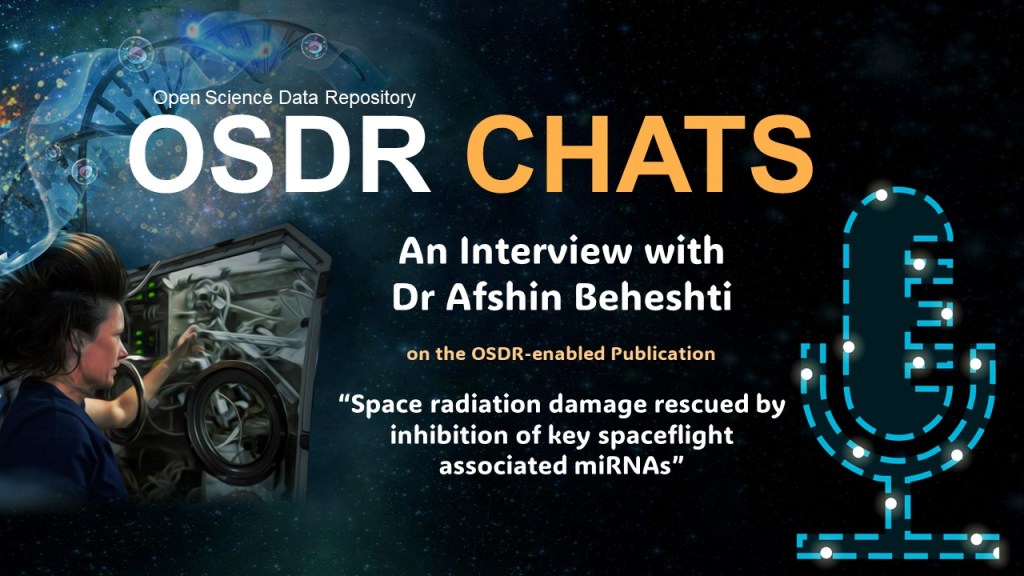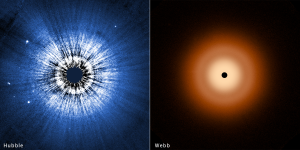Cassini Significant Event Report
For Week Ending 08/24/01
The most recent spacecraft telemetry was acquired from the Goldstone
tracking station on Wednesday, August 22. The Cassini spacecraft is in an
excellent state of health and is operating normally. Information on the
spacecraft's position and speed can be viewed on the
"Present Position"
web page.
Recent spacecraft activities include a Magnetospheric and Plasma Science
observation, an Ultraviolet Imaging Spectrometer Interplanetary Hydrogen
Survey and Periodic Instrument Maintenance, a Radio and Plasma Wave
Science (RPWS) High Frequency Receiver calibration, and an autonomous
Solid State Recorder Memory Load partition repair. Real-time commands were
uplinked to the spacecraft as planned to transition to the Reaction Wheel
Assembly for attitude control and to perform a Command & Data Subsystem
Memory Readout of the Non-Interfering Error Log.
Instrument Operations (IO) Radio Science Subsystem conducted a test of the
X-band Traveling Wave Tube Amplifier (TWTA) as part of the second
Gravitational Wave Experiment System Test, which began this week. The
X-band TWTAs were placed in standby mode for 18 hours, then warmed up for
2 hours and turned on again. This was done to obtain thermal information
relevant to operations mode development. A similar test was performed the
following day with the Ka-Band TWTA, to obtain thermal information that
will be useful for tour development.
The Science Planning Team began holding weekly Target Working Team (TWT)
meetings to integrate science activities for the entire tour. In addition
to the Titan Orbiter Science and Satellite Orbiter Science Teams (TOST and
SOST), the four new teams responsible for integrating segments of the tour
are the Saturn, Magnetosphere, Rings, and Cross-Discipline TWTs. The TWT
meetings are held Monday through Thursday and will continue for the next
three years or until the tour has been completely integrated. Additional
tour planning took place at an all-day SOST meeting, which was held to
continue work on integrating the targeted icy satellite flybys.¿
The Spacecraft Operations Office (SCO) held the third in a series of
Maneuver Automation Tool progress briefings. There has been substantial
progress and the prototype scripts and block are well along in
development. The developer is preparing for formal delivery of the
software and documentation in January 2002.
The Navigation team delivered the Cassini orbit determination quarterly
update, which covered the data arc from April 2001 to July 2001. The
predicted Saturn encounter is several thousand kilometers from the
Trajectory Correction Maneuver 17 aimpoint due to normal TCM-17 delivery
dispersions and spacecraft thruster activities including the safing event
earlier this year. However, this is well within expected trajectory
variations at this point in the mission, and will have no noticeable
effect on subsequent maneuvers.
The Thermal Devices team has completed the analysis of the Reaction
Control System catalyst bed heater tests performed in cruise sequence C26.
The results of both tests were normal and validate the 32-minute warm-up
time and the thermal stability of having both branches powered
simultaneously.
The Uplink Operations office completed system testing for Mission Sequence
Subsystem (MSS) D7.6, including Integration Test Laboratory and High Speed
Simulator retest of modules for MSS D7.6. The integrated retest was
completed last weekend, and the MSS D7.6 Delivery Coordination Meeting
took place this week. The new delivery includes significant updates to
Science Opportunity Analyzer, Pointing Design Tool, and the MSS modules,
both ground-expanded and on-board.
IO installed and performed initial testing of a new Remote Terminal
Interface Unit (RTIU) for the RPWS team. Testing of the RTIU was
successful with individual commands, and further work and testing is
planned for more complex commanding.
The Mission Planning (MP) team held a review of Saturn Orbit Insertion
planning status. Discussion included the recommendation to use the High
Gain Antenna (HGA) to protect the spacecraft during ring plane crossings.
The group decided to hold a half-day debris hazard review in conjunction
with the upcoming October Project Science Group meeting. MP also received
reports from main-engine nozzle testing at White Sands Test Facility, and
negotiated with propulsion experts for a September reassessment of Cassini
nozzle vulnerability.
Mission Assurance completed generation of a Mission Operations Assurance
Plan (MOAP) for the program. This plan documents the Operations Assurance
effort for Cassini and relies heavily on the synergistic relationship
between Mission Assurance and Systems Engineering. Detailed role
statements for both Mission Assurance and Systems Engineering are
provided, with traceability to both the Mars Climate Orbiter Failure
Review Board recommendations and the JPL Design Principles. The MOAP is
currently being tailored by Cassini Systems Engineering and should be
released to the Flight Team within a few weeks for review.
Additional information about Cassini-Huygens is online at http://saturn.jpl.nasa.gov.
Cassini will begin orbiting Saturn on July 1, 2004, and release its piggybacked Huygens probe about six months later for descent through the thick atmosphere of the moon Titan. Cassini-Huygens is a cooperative mission of NASA, the European Space Agency and the Italian Space Agency. JPL, a division of the California Institute of Technology in Pasadena, manages the mission for NASA's Office of Space Science, Washington, D.C.
Media Relations Office
Jet Propulsion Laboratory
California Institute of
Technology
National Aeronautics and Space
Administration
Pasadena, Calif. 91109.
Telephone (818) 354-5011


































